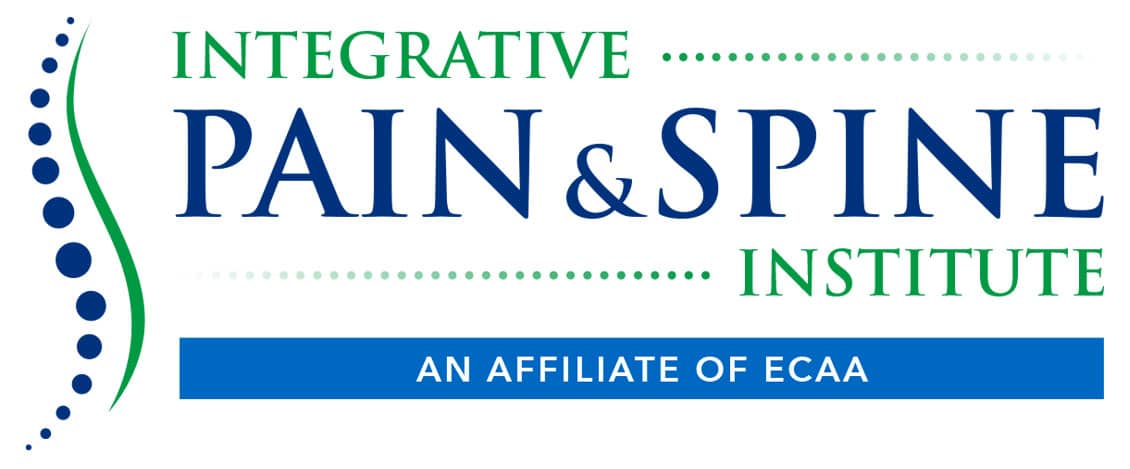Sacroiliac-joint steroid injections help to diagnose and relieve lower-back pain caused by problems with one or both of the sacroiliac joints, which connect the spine‘s base (sacrum) to the pelvis‘s ilium bones. If one or both of the sacroiliac joints is inflamed (sacroiliac-joint dysfunction), a patient can experience pain in the buttocks and lower back that worsens when running or standing. Sacroiliac-joint dysfunction can be caused by osteoarthritis, traumatic injury, pregnancy, inflammatory joint disease, or underlying structural abnormalities.
Reasons for Sacroiliac-Joint Steroid Injections
A sacroiliac-joint steroid injection is used to confirm a diagnosis of sacroiliac-joint dysfunction. If the injection provides pain relief, it establishes the joint as the pain‘s source, and, at the same time, acts as a treatment. Corticosteroids, along with a local anesthetic and saline solution, are injected directly into the sacroiliac joint, reducing swelling and pain for, possibly, several months.
As with other spinal blocks, a sacroiliac-joint injection can be repeated up to 3 times a year. Spinal injections only provide temporary relief from pain; they are not a cure. For that, surgery may be necessary.
The Sacroiliac-Joint-Steroid-Injection Procedure
To make sure the injection is placed in the correct spot, the procedure, which takes less than half an hour, is performed using imaging guidance and a contrast dye. The patient lies facedown on a surgical table, and the skin on the lower back is cleansed with an antiseptic solution. A local anesthetic is given to reduce discomfort from the injection, which contains steroid medication, saline solution and anesthetic. When the procedure is complete, the injection site is covered with a small bandage.
The anesthetic in the injection provides immediate pain relief, and the steroid medication reduces inflammation within 24 to 48 hours.
Recovery from Sacroiliac-Joint Steroid Injections
In some cases, a patient‘s legs are affected by the anesthetic, causing numbness or weakness that can make walking difficult until the anesthetic wears off. Injection-site tenderness and swelling can occur, but they are usually mild, and can be minimized by applying ice.
Normal activities can be resumed the next day. Only moderate exercise is allowed, but it can be increased in duration and intensity during the following 1 to 2 weeks.
Risks of Sacroiliac-Joint Steroid Injections
Although sacroiliac-joint steroid injections are considered safe, there are risks; they include infection, excessive bleeding, adverse reaction to medication, and damage to adjacent tissue.
Post-injection, a diabetic patient may have temporary spike in blood sugar levels, and a patient with bipolar disorder may have a manic episode, making careful monitoring essential in these instances.
